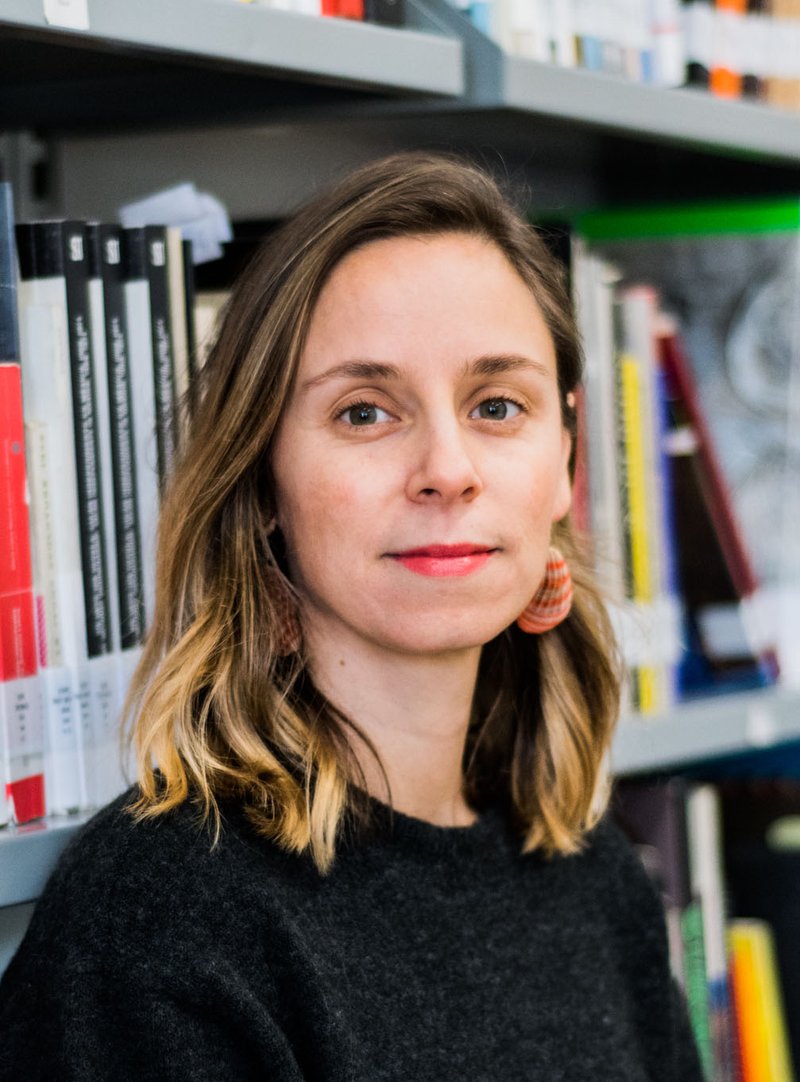María José Lemaitre

In 2022, 41 contemporary art curators, researchers, and museum directors from 24 different countries were awarded to attend the CIMAM 2022 Annual Conference. The CIMAM 2022 Annual Conference, titled "The Attentive Museum. Permeable Practices for a Common Ground", was held in Mallorca (Balearic Islands), Spain on 11–13 November, hosted by Es Baluard Museu d'Art Contemporani de Palma.
María José Lemaitre's Conference Report
People. The people are the heart and engine of the museums and cultural institutions in which we work. People with different stories and experiences build worlds that transport you, tensions, and always surprise you.
My first experience at the annual CIMAM conference was a Tsunami. A Tsunami of content, interactions, and energy that transported me and amazed me. It is an experience that makes you get out of your comfort zone and analyze other possibilities and ways to face the challenges in our contexts, all very different.
The sessions that most resounded in my practice and role at the Museo de la Solidaridad Salvador Allende (MSSA), located in Santiago of Chile, were those developed within the table Unlocking History and New Narratives. The presentations of Denise Ferreira Da Silva, Clémentine Deliss, Sandra Gamarra, and Sethembile Msezane brought to the table several methodologies and reflections that have been discussed in Latin America for some time now seeking different scales to create permeable, flexible and open spaces with the communities and the artists themselves.
On the other hand, concerning the work with the communities and how they appropriate and make creation spaces for their own, breaking their own limits or those that have been imposed by others, I was moved by the Dar Jacir project, founded, and directed by the artist Emily Jacir. It is a healing, intimate, small-scale project with significant repercussions in the community and territory. That work experience, from a place outside of flash and cultural marketing, reminded me of the work done at the MSSA during the Mirada de Barrio project (2017) and the Social Outburst (2019). However, it is also vital to bring to this type of debate and meetings Latin American models and experiences, which for years have been trying to break from their bases with the hegemonic and colonial models.
But I want to go back to people because new affective, supportive, and collaborative networks were created in just three days. For me, that was the great discovery and gain from this conference. I was also surprised by the horizontality of the meeting and the promotion of more relaxed conversation spaces to get to know each other, debate, and share experiences and practices.
I appreciate the opportunity given by CIMAM and the Getty Foundation through the Travel Grant Program to participate in this annual conference and be part of this community which I hope will continue to be reviewed and transformed collectively.